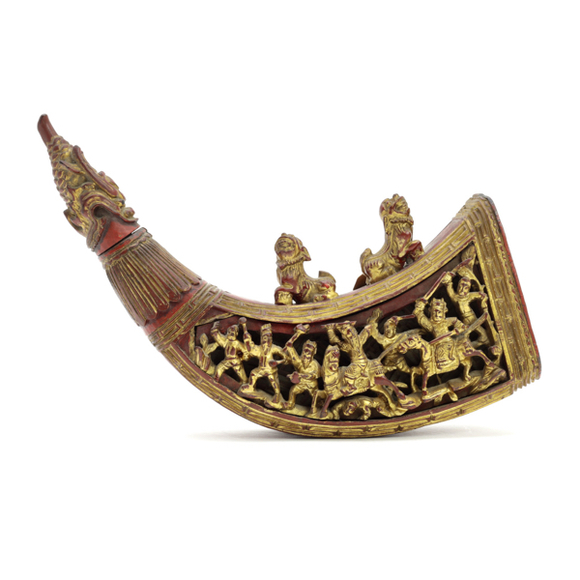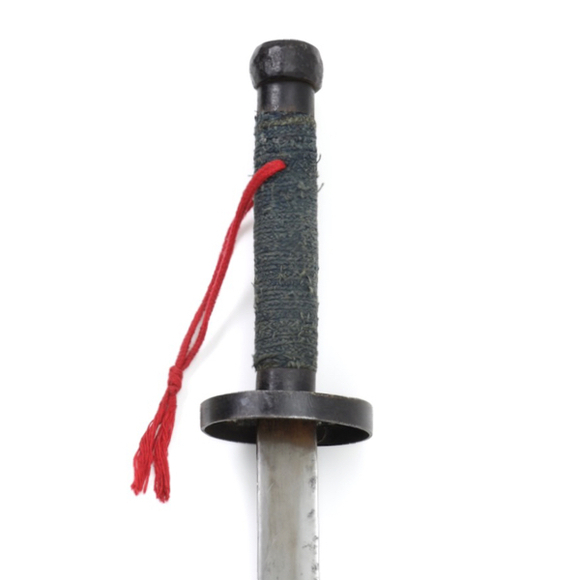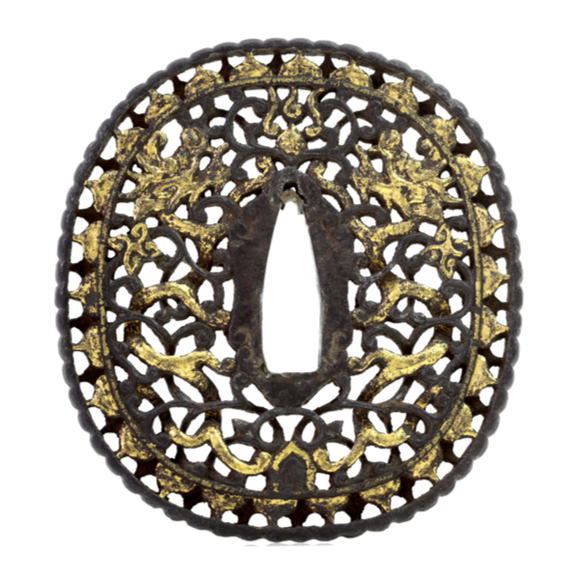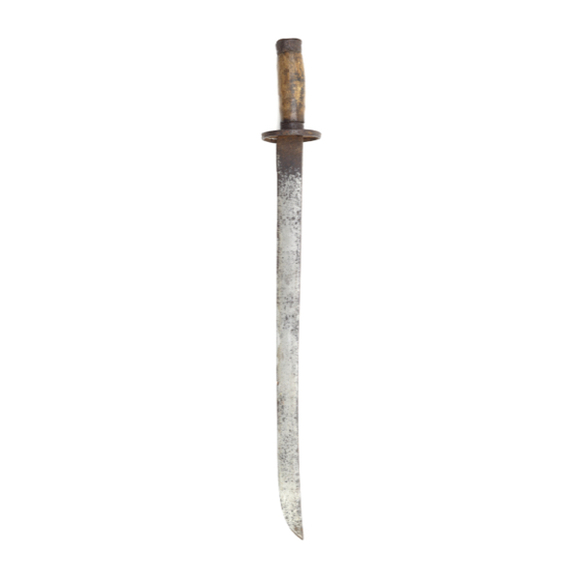I am a bit of an arrow fetishist. I just love my Qing arrows, they are one of the few things I collect but very rarely sell.
Here's an interesting set I want to share with you. I found these at a Japanese sword show, sold as "Samurai arrows."
They are, of course, Qing war arrows called zhànjiàn (戰箭). At first glance, they are pretty standard military issue and not remarkable. Typical for these arrows are the heavy hardwood shafts, triangular tips on long steel necks, vermillion paint between the fletchings, and birch bark wrapped nocks.

What makes them interesting, and what made my day when I found them, is that the shafts are marked:

In black:
北京
Běijīng
In red:
前門
Qiánmén
Qiánmén
Qiánmén is the colloquial name of the majestic main gate of Beijing's old imperial inner city, located on the southern side of Tiananmen Square. Its official name is Zhèngyángmén (正陽門). It consisted of a gatehouse a large archery tower, and a walled enclosure. It is quite literally the front door of the imperial city.

A modern artist's impression of the original Qiánmén.
Artist unknown.

Archery tower of Qiánmén in recent times.
Photo from CGTN.com
Qiánmén was originally built in 1419 AD. From the Qing dynasty onwards, it was the main gate into the Nèichéng (內城) or "Inner city" where the Manchus and Mongols of the Capital Eight Banners lived. The next gate down the old road would have been the front door of the imperial palace.
During the Boxer Uprising
The area was the scene of fierce fighting during the Boxer Uprising of 1900. Angry mobs of Chinese peasants had come to Beijing to rid China of foreigners, targeting the legation quarters situated just behind the gate, to the right. Empress Dowager Cixi saw this as an opportunity to retake control and backed the Boxers with her imperial army. The eight nations under siege (Germany, Japan, Russia, Britain, France, the United States, Italy, and Austria-Hungary) responded by sending a 45,000-strong relief force to Beijing.
Qiánmén took heavy damage on June 16th when the Boxers set fire to Watson's drug store at Dashilan. Due to the chemicals stored there, the fire spread quickly, destroying 1800 shops and 7000 houses in Beijing's bustling trade quarter. The fire eventually spread to Qianmen and destroyed its upper stories. It was rebuilt in 1914.
These arrows
This group of arrows must have been once held in the tower, ready to be used by its archers. The word Qiánmén is written on them in red because that was the imperial writing color. They are most likely battlefield pickups by foreign troops who came to relieve the legations.






